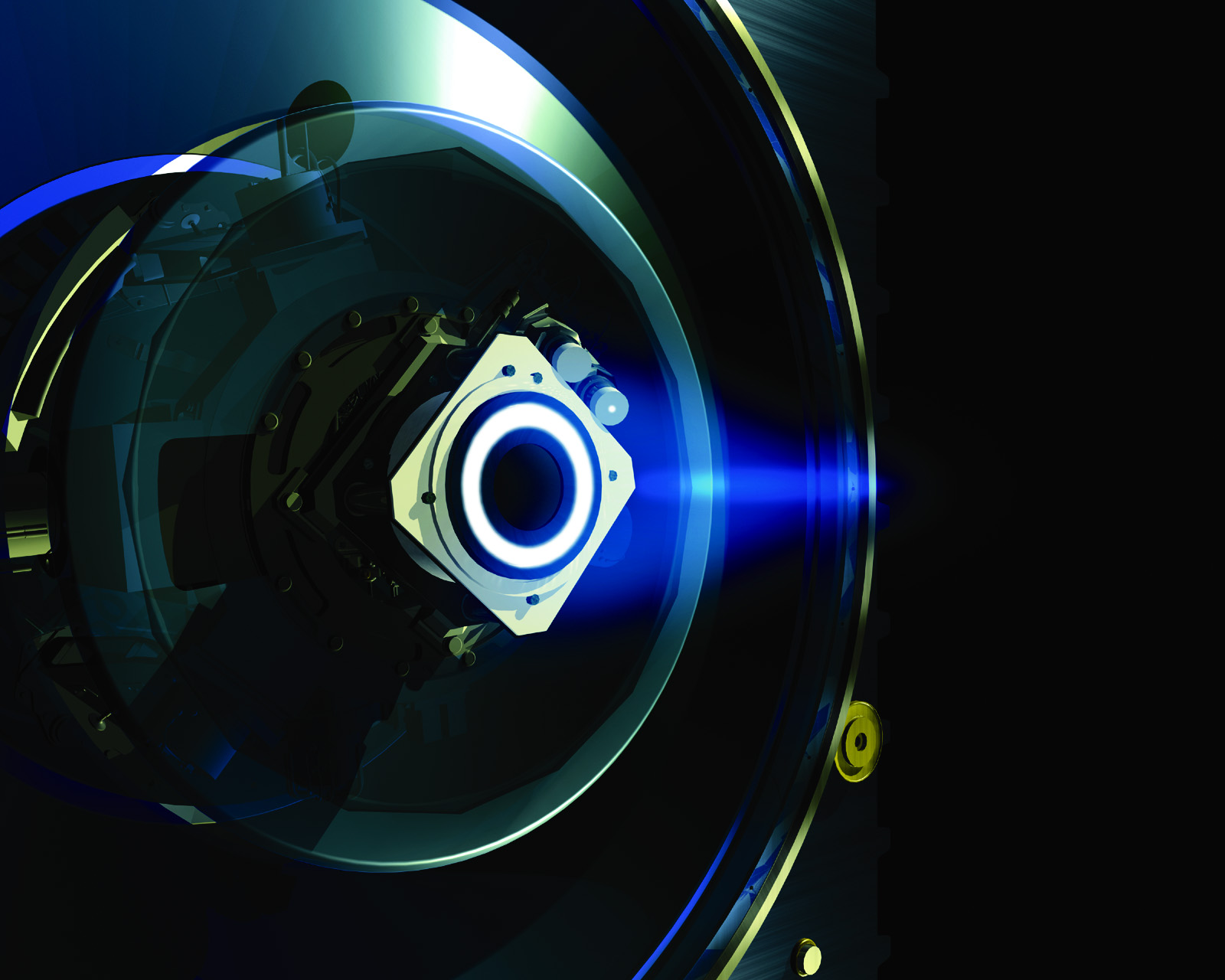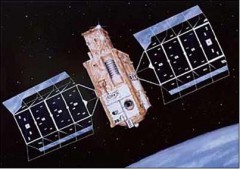
Shortly after the completion of the $550 million Aerojet-Rocketdyne merger, the new company last week signed an extension to its teaming agreement with Experimental Design Bureau (EDB) Fakel of Kaliningrad, Russia. The agreement, which was announced at the Paris Air Show on 18 June, provides Aerojet Rocketdyne with the rights to market and sell Fakel’s low-power (up to 5 kW) Hall thrusters in the U.S. market.
“This teaming agreement combines Fakel’s flight-proven, low-power Hall thrusters with Aerojet Rocketdyne’s flight-proven, high-power Hall systems to enable Aerojet Rocketdyne-provided Hall solar electric propulsion system solutions in the United States market,” said Roger Myers, Aerojet Rocketdyne’s executive director for Systems and Technology Development. “This will enable us to cover the full power spectrum needs of our customers.” Fakel is recognized as the world’s leading supplier of low-power Hall thrusters and has flown more than 400 units to date, whilst Aerojet Rocketdyne—following last week’s $550 million merger—is the world’s leading supplier of in-space propulsion systems. The company has produced and flown more than 16,000 chemical and electric engines.

Hall thrusters are a type of ion thruster, most commonly propelled by xenon, and have been flying in space since December 1971. They have also found applications on geosynchronous communications satellites for orbit-insertion and station-keeping and were first used aboard a Western spacecraft on the National Reconnaissance Office’s Space Technology Experiments (STEX) mission in October 1998. A Hall thruster also powered the solar electric propulsion system aboard the European Space Agency’s SMART-1 lunar-orbiting mission, launched in September 2003. The latter became the first Hall thruster to be utilized beyond geosynchronous Earth orbit.
The agreement with Aerojet Rocketdyne enables the supply of Fakel’s industry-leading, low-power Hall thruster products and explores the addition of thruster orientation mechanisms into the U.S. market. Fakel is also a key supplier of monopropellant thrusters—ranging in impulse from 0.1 to 10 Newtons—of which more than 3,100 have been installed on Russian spacecraft.
Want to keep up-to-date with all things space? Be sure to “Like” AmericaSpace on Facebook and follow us on Twitter:@AmericaSpace



